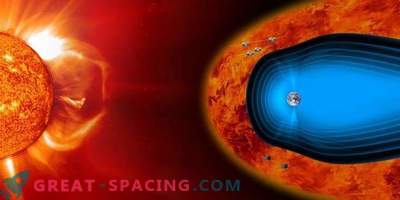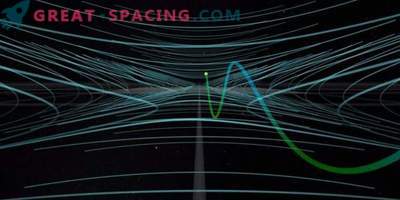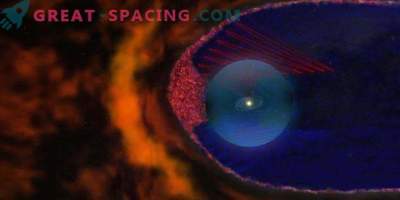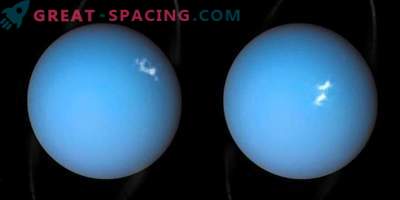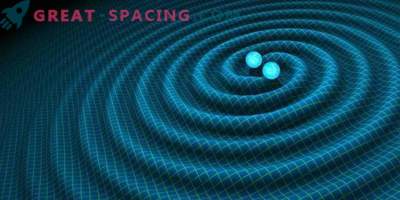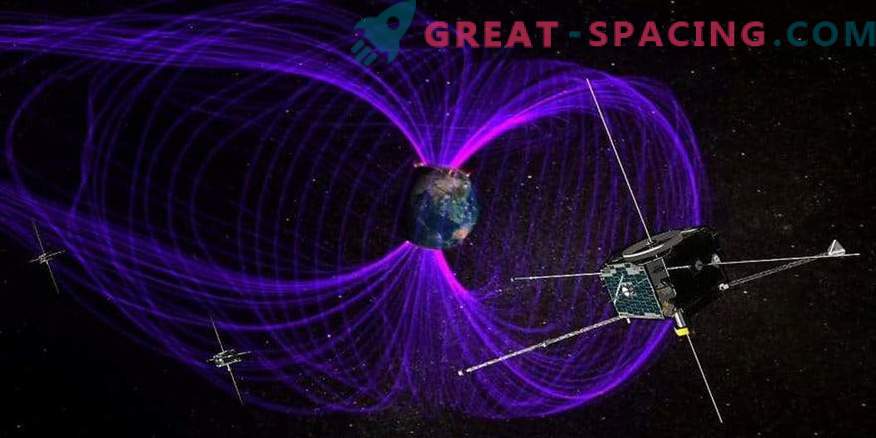
Illustration of the three satellites of THEMIS and the earth's magnetosphere
Sometimes in the darkness of the night near the poles the sky pulsates with a green, purple and red diffuse glow. Unlike typical long lines of auroras, these pulsations are inferior in brightness and fall out less frequently. Scientists have long been studying auroras based on solar activity, but the details of the mechanism remain a mystery.
A new study based on data from NASA's Event History, as well as THEMIS and ERG missions (Arassi satellite), tried to study the most likely causes. It turns out that the whole thing is in the waves - rhythmically pulsating particles that form the aurora.
The Earth's magnetosphere protects the planet from the high-energy radiation generated by the Sun and interstellar space. But the most powerful particles learned to slip. The transferred energy is stored on the night side of the magnetosphere until it is released by a sub-storm. Then the electrons are sent to the upper atmosphere, where they collide with other particles and create a glow. The pulsating radiance is based on a different principle. The magnetosphere is home to a variety of plasma wave, which is called whistling. Such waves have increasing tones that resemble the chirping of birds, and are able to effectively disrupt electrons. When they appear in the magnetosphere, some of the electrons scattered by the wave sink into the atmosphere, causing pulsating auroras.

Satellite Illustration ERG in Orbit
Researchers have long believed that this mechanism is responsible for pulsating auroras, but until recently there was no final confirmation. Using observations of the ERG satellite and telescopes of the THEMIS mission, scientists were able to identify the cause and effect.
Such waves were also observed on Jupiter and Saturn. This means that terrestrial processes can explain the peculiarities of auroras on the planets of our system and beyond. The results will also help to understand how plasma waves affect electrons.
